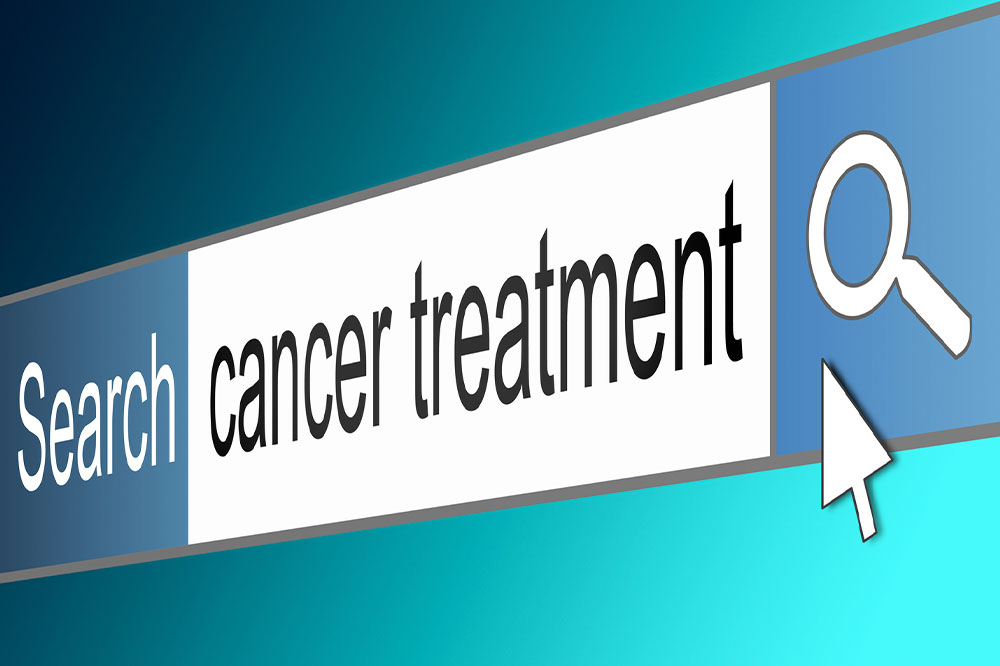Cancer – Symptoms, Management Options, and More
Cancer is a disease resulting from abnormal cell growth in any part of the body. These cells keep multiplying and can eventually overwhelm and destroy healthy body tissues. If undetected, cell growth in one part can spread to other body parts and even damage organs. However, multiple cancer treatment options have made it easier to manage the disease. Further, identifying the early cancer symptoms can help people receive early treatment and quicker recovery.
Common symptoms
Cancer can induce a variety of symptoms depending on the part it affects. Certain early cancer symptoms can help patients initiate treatment. The 5 common cancer symptoms are:

Eating issues: People with the condition can experience trouble swallowing food and water and can also have reduced appetite due to belly pain and nausea.
Pain: One can experience pain in different parts of the body without an obvious reason. The pain also becomes worse over time.
Lumps: People with cancer can observe lumps or swelling in different parts of the body.
Bleeding and bruising: Unexplainable bleeding, bruising, or sores is also common symptoms.
Fever: Another sign is a rise in body temperature or night sweats. This can indicate cancer if it does not arise due to an apparent cause like the common cold.
Many symptoms can have different underlying causes; however, all persistent concerns should be communicated to the doctor to receive a comprehensive diagnosis. The symptoms can also differ based on the different stages of the disease. Typically, the disease can progress from Stage 1–4, with symptoms gradually worsening. Stage 4 indicates a critical situation in the body, i.e., the disease has affected the parts where it originated and has now spread to other parts of the body. However, symptoms can vary depending on the organs the illness affects. Here are a few typical stage 4 cancer symptoms categorized by the affected parts:
Lung : When the disease spreads to either of the lungs, one can experience shortness of breath. A common stage 4 cancer symptom is intensive coughing accompanied by frequent chest pain. People can also observe blood in coughs.
Liver : This can result in severe pain in the liver. One can also have yellow/pale skin when the illness reaches the liver. Swelling in the abdominal and fluid running out from intimate areas is another common stage 4 cancer sign.
Bones : Here, one may experience serious bone pain, especially in the backbone. Further, cancer in bones can cause instability in a leg and heavy urine pressure. One can even have bone fractures without experiencing an injury.
Brain: When the cancerous cells reach the brain, one can have regular headaches. Dizziness, nausea, and issues with vision and speech are also common signs. During this stage, people may also experience frequent seizures, confusion, and trouble walking.
Generally, terminal cancer symptoms can also include extreme fatigue making it difficult for patients to carry out everyday tasks.
Treatment options
The treatment can vary based on factors like the type and stage of cancer, the overall health of the patient, and personal preferences. After a complete diagnosis, the doctor can recommend common cancer treatments like:
Surgery : Surgical options can ensure the elimination of cancer tumors from the body as much as possible
Chemotherapy : This option uses chemicals to target and kill rapidly growing cancer cells.
Radiation therapy : Here, high-powered energy beams such as X-rays or protons are used to kill the abnormal cells. Doctors can place the machine outside the body (external beam radiation) or inside the body (brachytherapy) to carry out radiation treatment.
Bone marrow transplant : The bone marrow is a material inside the bones that helps in making blood cells from the primary blood stem cells. This option replaces the bone marrow with healthy cells. It lets the doctor use chemotherapy to treat cancer more effectively.
Immunotherapy : This cancer treatment uses the body’s immune system to fight cancer. The immune system does not recognize cancer cells as intruders, so immunotherapy helps the immune system recognize and fight these cells.
Cryoablation : The cancer cells can be destroyed using cold. In this process, known as cryoablation, a very thin wand-like needle named cryoprobe is injected within the skin and is directed toward the tumor. After it reaches the tumor, gas is pumped into the cryoprobe to freeze the tissue. Then the tissue is allowed to thaw. This process is repeated several times in a single session to kill cancer cells.
Additionally, several other treatment options may be recommended, like prescription or clinical trials. With advances and science, doctors can help relieve symptoms and curb cancer growth. However, early detection is crucial for effectively treating the disease and getting rid of malignant cells from the body. So, if one notices any of the above-mentioned early cancer symptoms, they should be communicated to doctors. Further, scheduling regular checkups with the doctors is also recommended for early detection of the illness.

